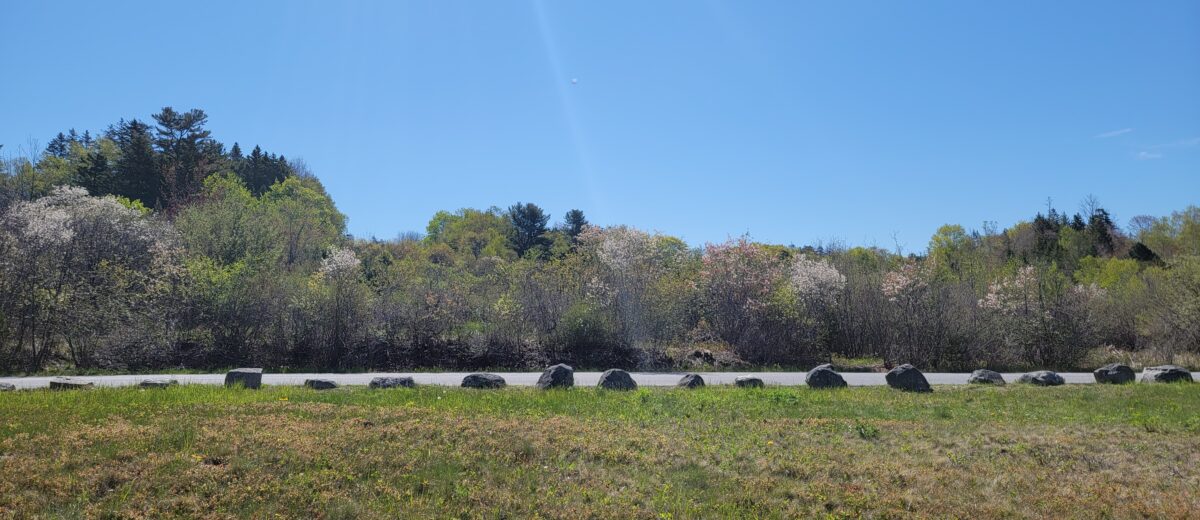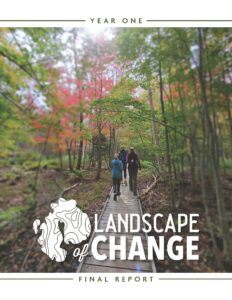Posted in
by Catherine Schmitt, Kyle Lima, Seth Benz, and Peter Nelson
Launched on April 19, 2021, Landscape of Change is a collaborative project with Mount Desert Island Historical Society, Acadia National Park, College of the Atlantic, MDI Biological Laboratory, and A Climate to Thrive with the goal of publishing and compiling historical records on the Mount Desert Island environment, and comparing these with contemporary data to document change over time.
The Year 1 Final Report presents a summary of 2021 activities, the results of analysis of bird and insect diversity trends, and recommendations for continued work.
Here are some highlights:
- During the new “Season of Science and Wonder” on Mount Desert Island (April 10 – October 31, 2021), 633 people contributed 4,357 observations of 668 bird and insect species to iNaturalist. The most observed species was the tri-colored bumble bee (145 records), followed by herring gull (142), and monarch butterfly (83). Over the same time period, 1, 206 eBird observers submitted checklists totaling 87,973 observations of 243 species. The most frequently observed species, in order, were Herring Gull (4,155), American Crow (3,788), Black-capped Chickadee (3,280), and Song Sparrow (3,060).
- The Champlain Society recorded 98 species, which is less than half (47%) of the 210 species recorded today. When we examined the changes in relative abundance of historically observed bird species over the last 140 years, we found that 8% of these species increased in relative abundance, 14% decreased, and 76% exhibited no change.
- Naturalists in the twentieth century documented 1,360 species of bees, butterflies, and moths, while the iNaturalist community over the last 10 years identified 362 species, including 88 species that are presumed to have arrived on Mount Desert Island in recent decades.
- We have identified may ideas for future work, and are leading continued analyses of bird population data, with support from Mount Desert Island Historical Society.
Watch the presentation:

